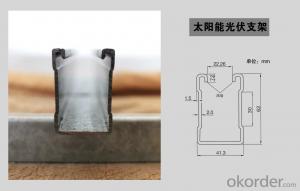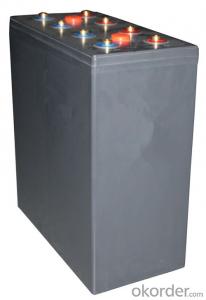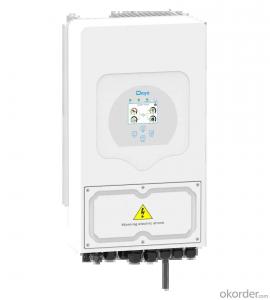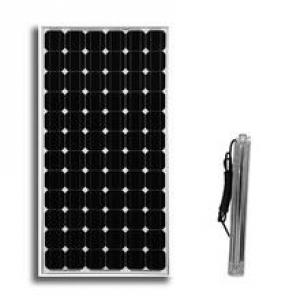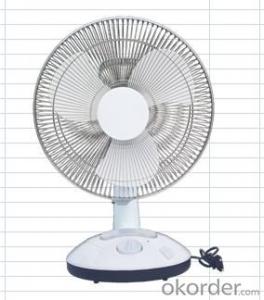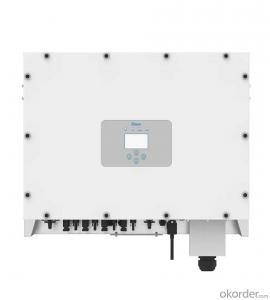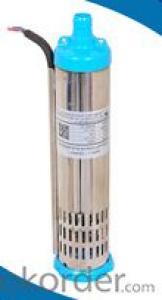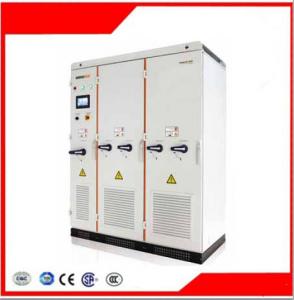Romex Solar Inverter
Romex Solar Inverter Related Searches
Solax Solar Inverter Solar Inverter Solax Xantrex Solar Inverter Olx Solar Inverter Inverex Solar Inverter Solaris Solar Inverter Xantrex Inverter Solar Solar X Inverter Solar Inverter Olx Fox Solar Inverter Refu Solar Inverter Rec Solar Inverter Inverter Solar Phoenix Solar Inverter Foxess Solar Inverter Solar Rooftop Inverter Solar Solar Inverter Solace Solar Inverter Powermax Solar Inverter Socomec Solar Inverter Solaredge Solar Inverter Lumos Solar Inverter Rack Mount Solar Inverter Solgen Solar Inverter Solar Home Inverter Solar Farm Inverter Solar River Inverter Fimer Solar Inverter Rv Solar Inverter Solar City InverterRomex Solar Inverter Supplier & Manufacturer from China
Romex Solar Inverter is a high-quality product designed to convert solar energy into usable electricity for various applications. It plays a crucial role in the solar energy system, ensuring that the power generated by solar panels is efficiently transformed and utilized. This product is widely used in residential, commercial, and industrial settings, where solar energy is harnessed to reduce reliance on traditional energy sources and lower energy costs. The Romex Solar Inverter is known for its reliability, efficiency, and ease of installation, making it a popular choice among solar energy enthusiasts and professionals alike.In various usage scenarios, the Romex Solar Inverter stands out for its ability to handle different solar panel configurations and provide stable power output. It is particularly useful in off-grid systems, where it ensures a continuous supply of electricity, and in grid-tied systems, where it helps to feed excess power back into the grid. The versatility of the Romex Solar Inverter makes it suitable for a wide range of applications, from small-scale home installations to large-scale commercial projects.
Okorder.com is a reputable wholesale supplier of the Romex Solar Inverter, offering a large inventory of this product to cater to the needs of various customers. With a commitment to quality and customer satisfaction, Okorder.com ensures that the Romex Solar Inverter is available at competitive prices and with prompt delivery. This makes Okorder.com a preferred choice for those looking to purchase the Romex Solar Inverter in bulk for their solar energy projects.
Hot Products












